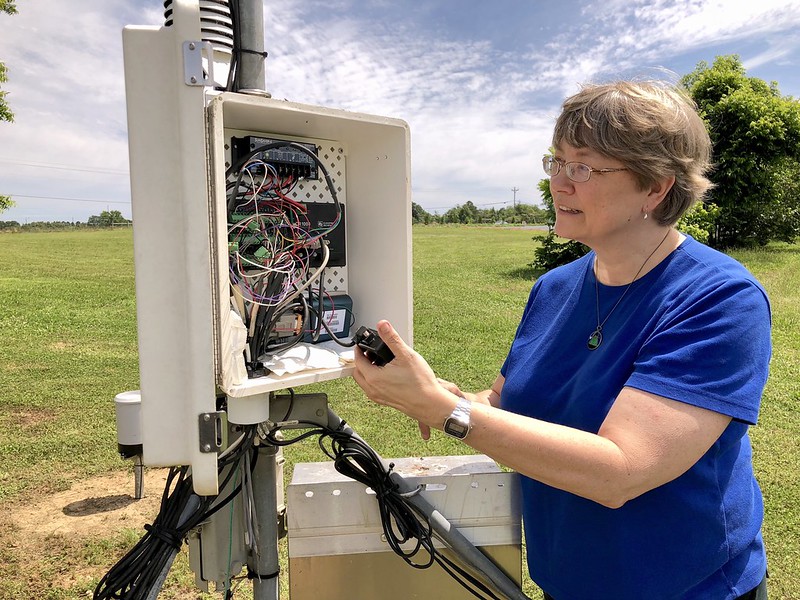By Clint Thompson
Hot ocean waters in the Gulf of Mexico are concerning for the Southeast. Parts of the Gulf have temperatures above 90 degrees Fahrenheit. They could spark hurricane development very quickly, and unfortunately, there is not much preparation time for specialty crop growers in Florida, Georgia and Alabama.

Pam Knox, University of Georgia Extension agricultural climatologist, says people in the Southeast only have to look back five years to remember when a storm devastated the region thanks to warm waters. In fact, Florida producers only have to look back to last year.
“We do know that when the ocean temperatures are unusually warm that if a storm does develop, it’s more likely to build up momentum more quickly and become much stronger. This certainly happened with Hurricane Michael in 2018,” Knox said. “The day before it hit land it was only a Category 1, and then when it hit land it was either a high 4 or maybe even a 5. It just so happened that at that time period, it was over a warm patch of water. That certainly contributed to that, because it provides a source of energy that the storm can use to increase its strength.
“When we looked at Hurricane Ian last year hitting the southwest coast of Florida, the same thing happened. It went over an unusually warm patch of water. It briefly got up to a Category 5 and decreased down to a Category 4 just before it made landfall.”
The good news for the Southeast is that there’s nothing on the immediate horizon. Farmers don’t have to worry about any major storm right away. But if the current warming trend continues, it will be a concern for residents in all three states.
“If this situation continues, then when we get into the heart of the tropical season it does mean that it’s a little more likely that any storm that does develop, if it gets close to land and goes over these warm patches of water, then it could strengthen pretty quickly. That’s bad because it doesn’t give people a lot of time to prepare,” Knox said.
Click here for additional information.









